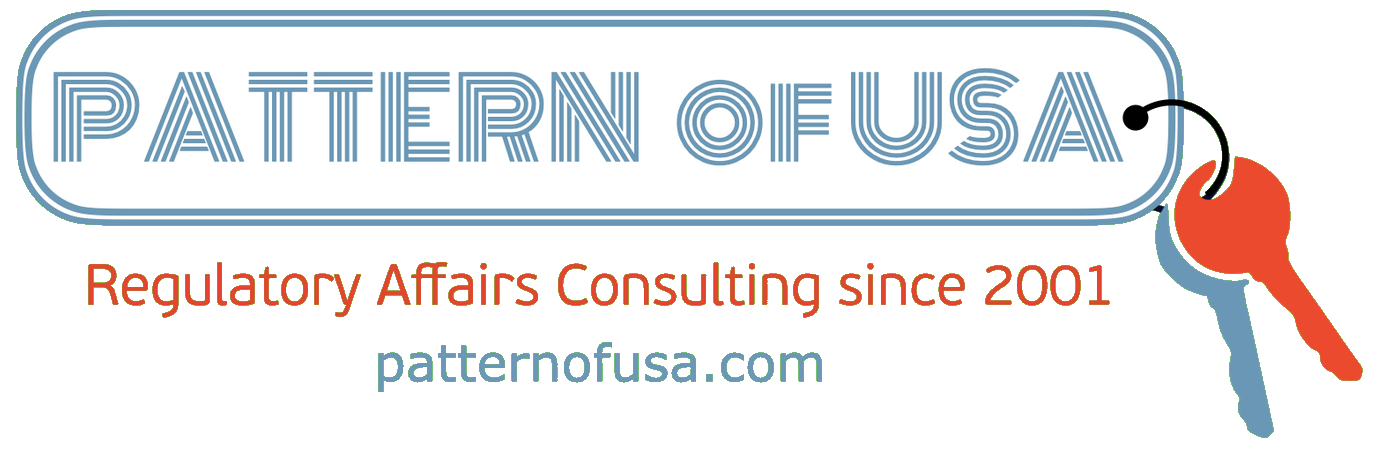Biogen’s Breakthrough Medication Paves the Way for Innovative Biotech Aiming at ALS Treatment

Trace Neuroscience, a newly established startup, is working on a genetic medicine aimed at potentially benefiting the vast majority of individuals suffering from ALS.
This is a daring proposition, particularly given that past efforts to counteract this devastating disease have largely proven unsuccessful. The causes behind 90% of ALS cases remain elusive. Furthermore, this year saw a reduction in the small number of approved ALS treatments in the United States, highlighted by a significant setback for a previously promising medication that led to its market withdrawal .
Despite these challenges, Trace successfully secured 1 million in funding from highly regarded biotechnology investment firms such as Third Rock Ventures, Atlas Venture, RA Capital Management, and GV, the venture capital division of Alphabet. Jeffrey Tong, a partner at Third Rock and a board member of Trace, shares the rationale behind his firm’s backing.
The startup’s foundation rests on pioneering research from Aaron Gitler at Stanford University, Pietro Fratta at University College London, and Michael Ward at the NIH. These researchers have recently discovered connections between a vital RNA-processing molecule and a protein commonly found to be dysfunctional in those with ALS and related neurodegenerative diseases.
Another appealing aspect for investors was the successful case of Biogen’s Qalsody.
Similar to Trace’s approach, Qalsody represents an antisense oligonucleotide, a class of drugs designed to modulate protein synthesis by binding to RNA. Although Qalsody did not succeed in its primary trial for slowing ALS progression, it received approval based on its observed influence on “neurofilament light chain,” a protein associated with neuronal damage.
Eric Green, Trace’s CEO, intends to integrate these insights into the development strategy for their drug, which is projected to commence human trials in early 2026.
Green’s experience includes establishing several Third Rock portfolio ventures. He co-founded Maze Therapeutics and held a leadership role at MyoKardia. In discussions with BioPharma Dive, Green elaborated on the compelling nature of this substantial endeavor for investors.
The following dialogue has been edited and condensed for clarity.
BIOPHARMA DIVE: Was there a concerted effort to go to these different parties and ask them to come together and build a single company, rather than three separate ones?
ERIC GREEN: Absolutely. I envisioned this as a pivotal aspect. Combining resources avoids diluting our focus across multiple firms, as each participant brings unique expertise, resulting in a complementary team.
This marks my third collaboration with Third Rock. I’ve learned that the more you unite diverse experts in a specific biological field, the higher the chances of successfully transferring that knowledge into a viable medicine.
In academia, independent discoveries and credit are often favored. While this approach is reasonable in research, we must cooperate to effectively transition these findings into therapeutic solutions. We share a unified mission and recognize our collective strength.
What motivated you to include Atlas, RA, and GV in your investor group?
GREEN: My initial goal was to secure sufficient funds to advance toward pivotal clinical milestones, enabling us to understand how our treatment interacts with ALS patients.
Another critical factor was fostering a diverse set of insights. For instance, Atlas has a proven track record with several RNA therapy firms, which aligns with my vision of establishing successful companies. We sought a syndicate that encompasses perspectives from early-stage creation, exemplified by Third Rock and Atlas, to those focused on long-term growth, highlighted by RA. Google Ventures also offers valuable insights across a company’s lifecycle, from initial discovery to clinical implementation.
Remarkably, we’re at an early stage — close to the original discovery — but there is significant potential to transition swiftly from research to impactful clinical data, which is particularly relevant in a field where such data can facilitate market entry.
With 1 million raised, why establish this as your fundraising limit?
GREEN: Our goal was to create an R&D roadmap and secure adequate funding for it, rather than gauging possible amounts. While we could have raised more than our target and were indeed oversubscribed, we preferred to focus on what we needed to accomplish our objectives. We are content with our fundraising round and view the diverse syndicate as a strong asset for subsequent steps.
Your company combines genetic medicine and neuroscience, both of which carry inherent risks. What concerns did investors express, and how have you addressed them?
GREEN: Concerns are prevalent in ALS and neurodegenerative disease research due to past disappointments.
Conveying the uniqueness of this opportunity was crucial. I categorize our approach into three major aspects: The emphasis on substantial human genetic evidence guiding our understanding, the elucidation of mechanisms related to the gene’s function, and the compatibility of our approach with antisense oligonucleotide technology.
Currently, we have increased confidence in identifying a molecule with attributes likely to correct splicing effectively, demonstrated in cellular and animal models, while ensuring it is well-tolerated in clinical settings.
Trace is currently focused on a single asset. Is this more challenging in a climate where biotech investors are somewhat risk-averse?
GREEN: This was a key aspect I pondered, given my experiences with broader platform companies. A single asset approach allows for a targeted focus on achieving critical clinical milestones during a Series A round, rather than exploring multiple avenues without yielding substantial clinical evidence. This focus on generating meaningful clinical data resonated with potential investors.
While single-asset ventures carry inherent risks, we have taken steps to mitigate these by advancing our project significantly. We have robust genetics, solid mechanistic understanding, and a promising molecule, which collectively reduce the likelihood of failing to reach patient testing.
This focus actually provides an advantage, allowing us to concentrate on obtaining critical data before considering expanding our company’s scope to additional indications or strategies.
What timeline do investors anticipate for your asset’s development, and what data will influence go/no-go decisions for Trace and its stakeholders?
GREEN: We anticipate our lead molecule will enter clinical trials by early 2026. The ability to quickly conduct patient trials can provide meaningful clinical data sooner.
Insights from work with Qalsody, despite its focus on a specialized ALS population, will prove valuable, especially in the area of biomarker development for our clinical strategy. The neurofilament biomarker correlated significantly with the desired patient outcomes of improved wellbeing, function, and longevity, which provides us with a robust analytical framework for our molecules.
This equips us with a far superior toolkit for evaluating our assets, enabling the identification of clinical signs and vital biomarkers, thus accelerating our pathway to proof-of-concept in the clinical realm.

